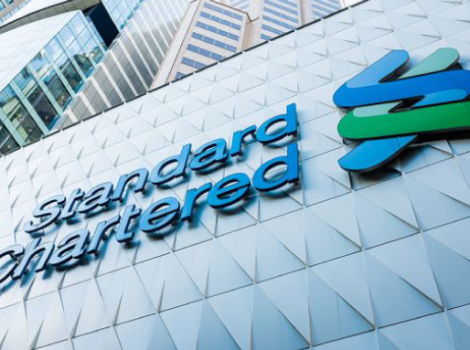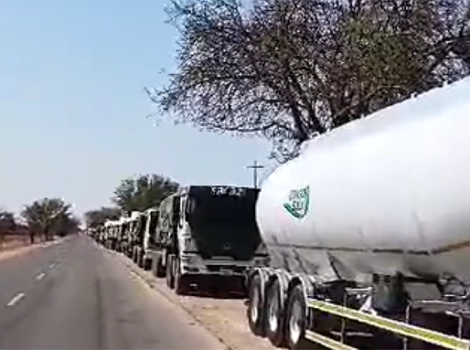
3 June 2025
- Feasibility study submitted by CPCS Transcom UK Ltd after April 2025 launch
- Corridor to link Walvis Bay and Gaborone, covering 1,500 kilometers
- Project now framed as a broader development corridor beyond coal transport
Originally conceived in 2010, the Trans-Kalahari railway corridor project has seen a resurgence of interest from Namibian and Botswanan authorities. Noteworthy advancements have been discussed since 2023 pertaining to the project’s implementation.
The Trans-Kalahari railway project has achieved a new milestone towards its implementation, with the recent submission of an initial feasibility study report from consultancy firm CPCS Transcom UK Ltd. The infrastructure aims to connect Walvis Bay in Namibia to Gaborone in Botswana, covering a distance of 1,500 kilometers.
According to Namibian press, the report, developed in collaboration with Zutari, Bowman, and several regional experts, will be reviewed in August during a joint ministerial meeting between the two countries. This represents a significant step forward since the study was officially launched in April 2025, following the award of the contract to the UK consulting firm, CPCS.
More than a railway project
Originally designed to support coal exports from the Mmamabula deposit in Botswana, with a goal of 90 million tonnes per year destined for India, the project has taken on broader dimensions. Botswana’s Minister of Transport and Infrastructure, Noah Salakae, emphasised that the railway activity alone cannot justify the billions of dollars required in investment.
He highlighted that the Trans-Kalahari railway, as a standalone project, cannot warrant such high costs solely through transport revenues. For Salakae, the corridor should be viewed as a catalyst for economic transformation, including logistics hubs, industrial areas, energy infrastructures, green cities, and tourist sites to invigorate traversed territories.
Strategic axis for intra-African trade
The project falls within a broader logic of regional integration, in line with the ambitions of the African Continental Free Trade Area (AfCFTA). The corridor is expected to eventually connect to a transcontinental network, interconnecting Atlantic Southern Africa (Namibia, Angola) to Eastern Southern Africa (Mozambique, Tanzania), via Botswana, Zimbabwe, and South Africa.
This strategic infrastructure could transform the region into a continental-scale logistics and industrial hub while promoting a modal shift from road to rail, contributing to the reduction of road congestion and preserving existing infrastructures.
The principal obstacle remains the mobilisation of financing, identified by authorities as the main reason the project has languished for nearly 15 years. According to official estimates, the infrastructure will require nearly $10 billion in investment.
Source: https://rb.gy/fdzyc6



